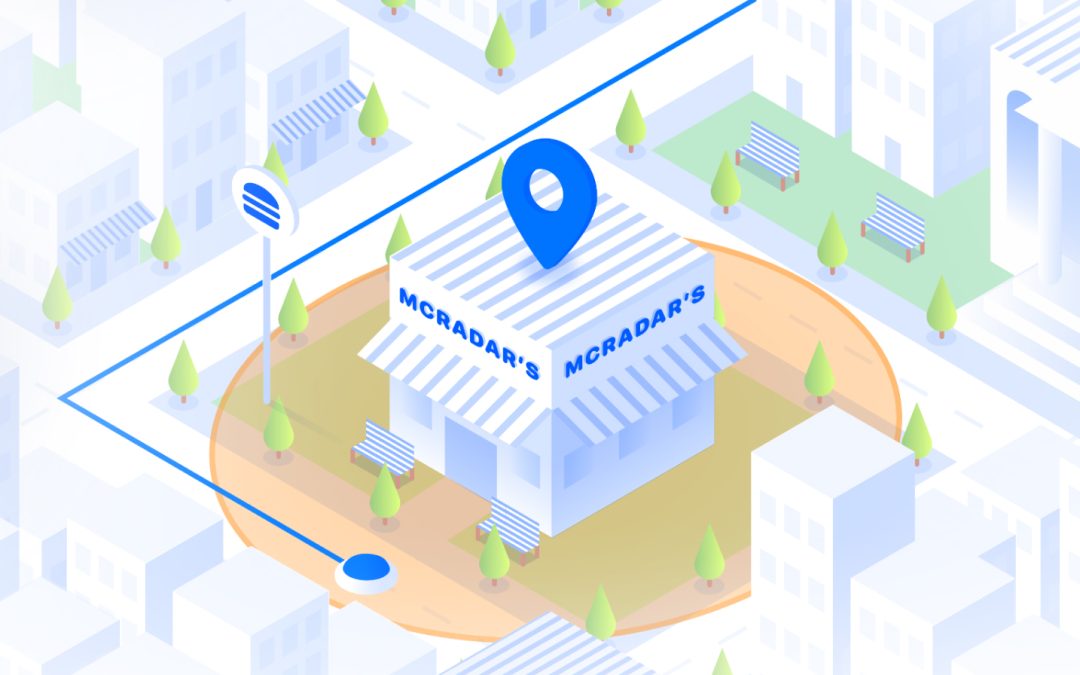Location services company Radar looks to expand dramatically in the restaurant space after a $55 million fundraise and a new partnership with restaurant logistics giant Olo.
The core work of the company is building out exceptionally accurate location services and making it easy for brands and developers to utilize the services. It’s among many geolocation services, but co-founder and CEO Nick Patrick said the company is laser-focused on being “developer first.”
“Where we’re really focused is ease of integration,” said Patrick. “There are a lot of other great developer first companies, you can think of Stripe or Twilio, you can think of Radar is Stripe for location. Part of that is integrations, we’re seeing some of the leading restaurant brands use Olo and use Radar.”
Panera was an early user in the restaurant space, and in the pandemic era of off-premises and digital innovation, a lot more restaurants have come to the company. Right now, Patrick said restaurants consist of about one third of the company’s work and includes brands like Peet’s Coffee, CKE (parent of Hardee’s and Carl’s Jr.), Fiesta Restaurant Group and Boston Market. The rest of the partners hail from retail and logistics-heavy companies who need to track fleets or employee locations. He said restaurants appreciate that it’s not a single-use case like curbside or digital pickup.
“Radar is very extensible, our restaurant partners love that we work with retail brands,” said Patrick. “It stretches their thinking, there’s all this cross-pollination and interesting use cases.”
The first use case that probably comes to mind is curbside, and Radar helps operators lay out specific geofencing areas for pickup and curbside, or pinging customers nearby with an offer, a la Starbucks. Patrick said there is immense potential even beyond that. One area he sees a lot of innovation: using the location context to change how the app works.
“There are certain app features that you’d want to show first or unlock when you’re on premises. When you’re on your couch, order ahead functionality makes the most sense. When you’re on premises, maybe it just pops your order number to speed up the experience, maybe there are in restaurant only coupons that you want to unlock. Some of our retail customers are using scan and pay that unlocks on premises, and we’ve seen loyalty be a big focus for on premises,” he added.
Patrick said the new partnership with Olo helps empower restaurant brands to bring all those options from restaurant leaders and savvy retail brands to their restaurants. The companies have previously worked together, but the new partnership formalizes the relationship and makes location services a “turnkey” addition for anyone developing an app on Olo. That, Patrick said, keeps brands from doing all the location work themselves.
“I think when you use best-in-class tools like Radar or Olo, it prevents you from needing to reinvent the wheel,” said Patrick. “These restaurants that are going through the digital transformation, they can focus on the truly unique aspects of their in app or restaurant experience, that’s how you’re going to win.”
One aspect of that is the brand-specific experience. Having a digital infrastructure that is tailored to the brand is happening across the industry. Brands who were forced to innovate their technology because of the pandemic find new use cases in loyalty, operations and in the consumer experience.
For Olo, the partnership builds on the very clear strategy seen in other partnerships and acquisitions: giving restaurant partners a bevy of options to build precisely the digital infrastructure they want.
As for the fundraise, the company completed its $55 million round in February with a big goal of growth and enhancement. Patrick said the infusion will help the company double its staff and continue to build new product features like the Uber-ish Trips that allows for delivery and pickup tracking and Beacons for Bluetooth, devices that allow for micro-location potential. He used an example of a beacon in a drive-thru to offer laser targeted consumer engagement but also precise data collection.


